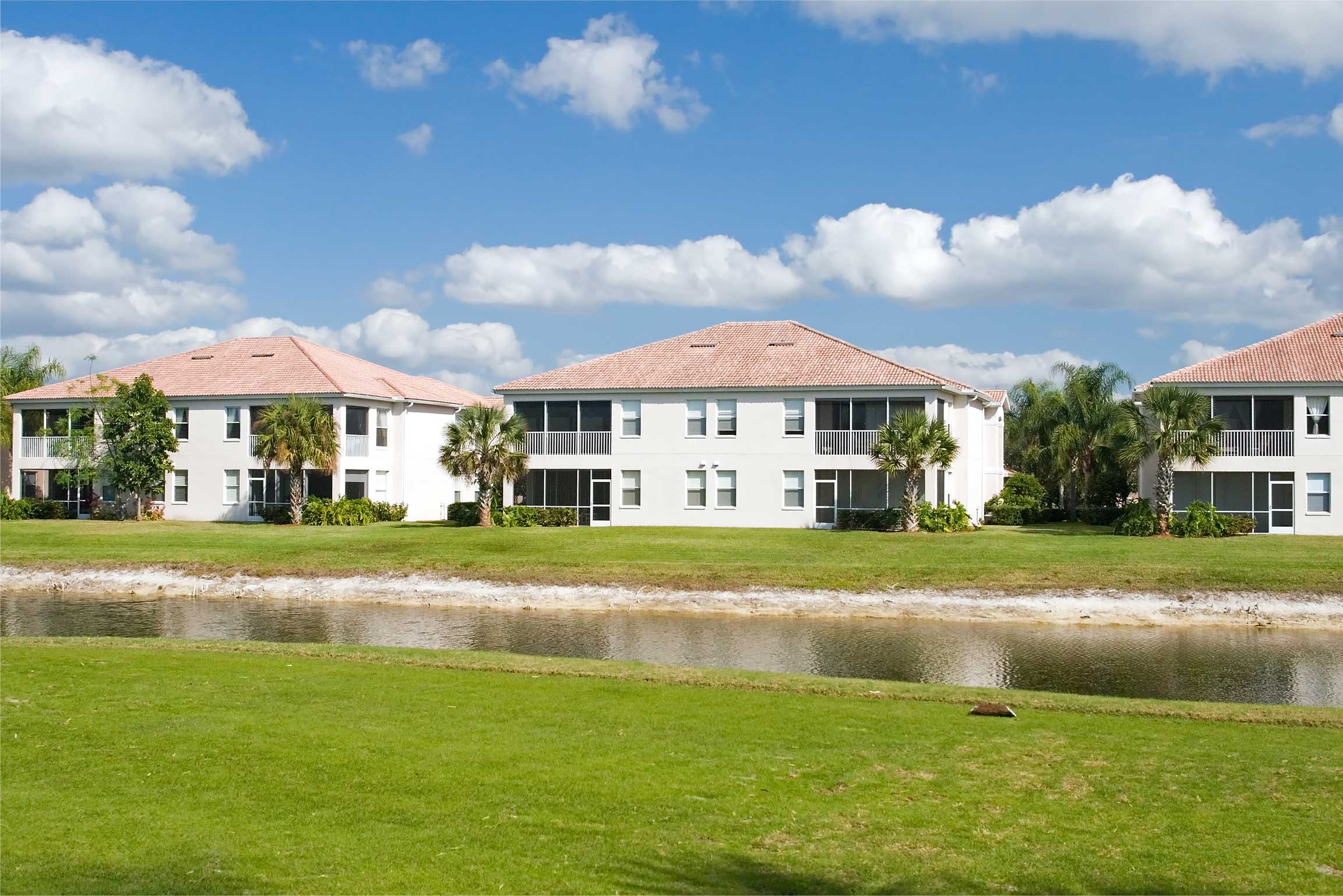Return on Equity. It's More than Cash Flow.
Cash flow is important but there is more to real estate investment than the bottom line. Return on equity (ROE) is a percentage measurement of the return received on a real estate investment property, i.e., the full value of the investment once you include deductions and debt reduction to the income earned.
It is usually based on the first year's ownership dividing the cash invested by the cash return from rents, etc. It can also be calculated in subsequent years, based on the projected value of the property, less the mortgage balance. You would use the current equity investment you have in the property adjusted by any increase in value and reduction to your mortgage balance.
ROE Calculator
Please fill out the form to access the ROE Calculator.
An Insight into the Future
Unlike other Return on Investment (ROI) calculations; ROE measures your actual return on a changing number. It allows you to determine where best to allocate your resources. The initial investment (usually the down payment) has not changed, but over the years, other factors do, which changes your ROE. That is because of the value of your equity changes. Let us review the benefits investments in real estate provides.
Regardless of the reason behind the purchase we can still provide either cash analysis or return on equity reports to cut through the emotion. Hard data can sometimes prevent the heart ruling the head.
Reduce Your Balance
As you make payments payments, you're reducing the principal loan balance and your equity increases because you owe less.
Appreciation
Property increases in value over time. Therefore, while you reduce the mortgage balance you are also benefiting from an increase in value.
Cash Flow
Barring a really bad renter, you will be banking some cash. Hopefully, this is over and above the mortgage payment and expenses.
Income Tax Savings
Depreciation is perhaps the most misunderstood and underappreciated benefit in the real estate investment model. Each year you can deduct against the rental income a portion of the value of the property as depreciation. You did not spend anything, but the deduction assumes you had.
Static Analysis or Dynamic

ROE = $7200 or 18%
Equity after 10 years = $104,000
You buy a rental home for $200,000 with $40,000 (20%) down. The year of the purchase, you see that it is worth $200,000, but you only owe $160,000, as you have that $40,000 down payment as equity.
Let us assume that your annual positive cash flow is $7,200, or $600 per month over mortgage and expenses. So, our ROE is $7,200 / $40,000, or 0.18 = 18% Return on Equity.
Fast forward 10 years. You have been paying down your mortgage, and the home has appreciated in value, now worth $236,000. Your balance due on the mortgage has dropped from $160,000 to $132,000. You are also getting a little more in rent (3% year over year increase) so your cash flow is now $9400 per year. Now, look at your equity. $236,000 - $132,000 = $104,000.

Dynamic Analysis = 9%
A simple or static investment analysis will show an improved rate of return in comparison to the original 18%.
Cash flow (after all expenses and deductions) $9400/Original Investment (down payment) $40,000 = 23.5%
Now let's do the calculation again using a dynamic analysis approach.
Cash flow (after all expenses and deductions) $9400/Current equity in the property $104,000 = 9%

(Appreciation + Debt Reduction) = Trapped
What happened?
When we own a property, we begin to accumulate equity in addition to our initial investment. In essence the deposit and any equity accumulated (appreciation + debt reduction) is ‘trapped equity’. In order to make sound financial decisions we need to understand the rate-of-return on this ‘trapped equity’.
If the returns on equity are acceptable, you know that keeping the property is the right move.
If the returns are not acceptable, this suggests the investment needs our attention, e.g., raise rents or reduce expenses.
If neither of these could be achieved the investor may want to consider the following actions:
Hold the property but refinance
This approach would essentially allow you to cash out on your initial $40,000. You would have no actual money left in this deal, and you could use the funds to purchase another property or find an alternative investment. This method is how many successful investors accumulate wealth through real estate.
Sell the property
If the property is not meeting your investment goals, you should consider selling the and reinvesting the proceeds in a better performing property or non-property investment. If you do go down the sales route, you will want to figure in the cost of sale. Typically, we see pretax costs (realtor and closing costs) amounting to about 8% of the sale amount. Any gains that you have made will be subject to capital gains taxes. Capital gains taxes can be offset by reinvesting the proceeds using a 1031 Exchange.


